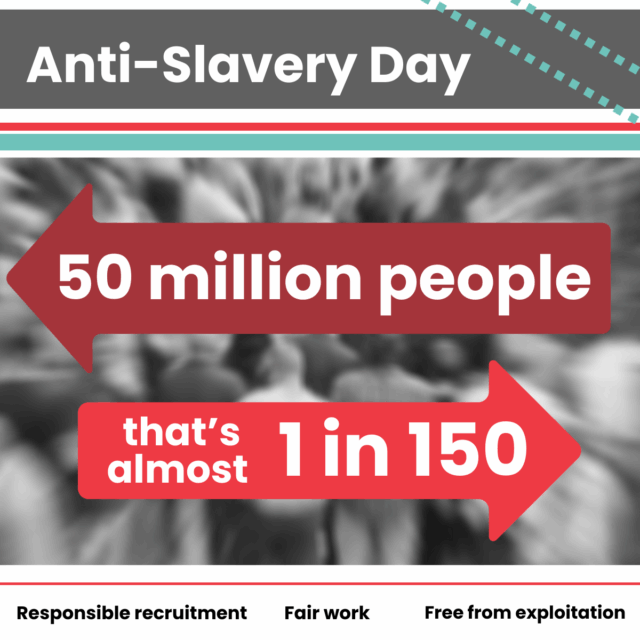
- Total talent management becomes essential
- Ai-powered workforce intelligence
- The rise of sophisticated Vendor Management Systems
- Skills-based hiring replaces traditional role-based approaches
- The importance of an enhanced worker experience
- Compliance complexity demands sophisticated solutions
- Data-driven contingent workforce strategies deliver measurable value
- Transform your workforce management today
By 2025, contingent workers are expected to make up nearly half of the workforce, signalling a fundamental shift in how businesses approach talent management. This significant change is being driven by a combination of economic pressures, technological advancements, and evolving worker expectations, pushing organisations to rethink their strategies. Forward-thinking companies are already looking at new approaches to better manage costs, improve worker quality, and stay competitive in the jobs market.
Total talent management becomes essential
The distinction between permanent and contingent workforce strategies is fading as 72% of HR leaders report increased pressure to manage all worker categories through a single framework. Total Talent Management (TTM) integrates workforce planning, acquisition, and development across employment types, enabling organisations to address skills gaps more effectively. Companies adopting TTM achieve 19% faster response times to market changes compared to those using siloed approaches, according to recent analysis by Atrium Global.
Why TTM delivers measurable results
- Strategic alignment: Unifies talent acquisition under organisational goals rather than employment status
- Cost transparency: Reduces duplicate spending by 18-22% through consolidated vendor management
- Workforce agility: Enables rapid redeployment of skills across projects and departments
Implementing TTM requires strong collaboration between HR, procurement, and operations teams. Leading organisations start by mapping current workforce expenditures.
Ai-powered workforce intelligence
Advanced analytics tools now process workforce data with far greater accuracy than manual methods, allowing managers to predict staffing needs well in advance. Machine learning algorithms analyse historical patterns, market trends, and individual performance metrics to recommend the right mix of workers.
Four AI applications redefining contingent management
- Real-time skills gap analysis across permanent and temporary workers
- Automated quality scoring of contingent workers based on performance history
- Dynamic pricing models for temporary roles using regional labour market data
- Compliance risk detection with far greater accuracy
While AI helps in the decision-making process, many workers still prefer human oversight for final hiring decisions, highlighting the need for balanced implementation.
The rise of sophisticated Vendor Management Systems
Next-generation VMS platforms now handle more workflow integrations than legacy systems ever did, centralising everything from candidate sourcing to invoicing. Modern solutions offer real-time dashboards, tracking workforce KPIs and enabling data-driven adjustments to contingent staffing levels.
| VMS capability | Impact |
|---|---|
| Unified supplier management | Reduces agency management time |
| Automated rate benchmarking | Cuts labour costs |
| Integrated payment systems | Decreases invoicing errors |
These systems particularly benefit organisations managing 100+ contingent workers monthly, where manual processes can lead to costly oversights.
Skills-based hiring replaces traditional role-based approaches
Organisations using skills assessments for contingent hiring benefit from faster onboarding times and higher project success rates. This shift demands granular tracking of micro-credentials and competency-based selection for temporary staff.
Implementing skills-focused hiring
- Audit existing workforce capabilities using AI-powered skills mapping tools
- Replace generic job descriptions with task-specific competency requirements
- Develop assessment frameworks evaluating practical skills over formal qualifications
Darwinbox’s 2025 workforce study reveals 41% of employers plan to eliminate degree requirements for contingent roles within 18 months, prioritising demonstrable abilities over traditional credentials.
Subscribe to our newsletter
Stay ahead of employment updates and workforce management tips. Subscribe to our newsletter for expert insights straight to your inbox.
The importance of an enhanced worker experience
With 63% of contingent workers rejecting assignments due to poor onboarding experiences, leading organisations must now mirror permanent employee standards for temporary staff. The top performers provide mobile-first access to training modules, performance feedback, and schedule management tools – tactics shown to significantly improve retention.
Key elements of contingent worker engagement
- 90-minute digital onboarding process as the absolute maximum
- Clear advancement paths for returning temporary staff
- Regular pulse surveys measuring assignment satisfaction
Financial services firm Revolut decreased contingent worker turnover by 29% after introducing performance-based bonus schemes and skills development opportunities. These enhancements require careful legal structuring to avoid co-employment risks. This is the precise reason why so many organisations now use specialised software to maintain compliance while improving worker treatment.
Compliance complexity demands sophisticated solutions
Recent regulatory changes have increased contingent workforce compliance costs by across the last five years. Multinational organisations must now track 140+ jurisdictional variations in worker classification rules, with penalties for misclassification exceeding £25,000 per case in UK markets.
Critical compliance focus areas
- Real-time right-to-work verification across borders
- Dynamic tax rule updates for mobile contingent workers
- Automated contract generation with jurisdiction-specific clauses
CXC Global’s 2025 compliance forecast warns that manual processes will simply become unmanageable, with regulatory updates occurring 3-5 times weekly across major economies. Centralised platforms help organisations maintain compliance without sacrificing hiring speed or workforce quality.
Data-driven contingent workforce strategies deliver measurable value
Organisations analysing multiple workforce metrics achieve higher ROI on contingent labour spending than those tracking fewer than five. Critical measures now include quality-adjusted cost per hour, diversity ratios, and productivity comparisons between permanent and temporary staff.
Building analytics maturity in three phases
- Implement unified data collection across all workforce categories
- Develop predictive models for seasonal demand and skills availability
- Create leadership dashboards linking workforce metrics to business outcomes
These strategies require cross-departmental data sharing. The right platforms can help your business overcome this challenge by providing pre-integrated analytics modules that align stakeholder reporting needs, without requiring technical expertise.
Strategic contingent workforce management is now considered to be a key driver of business success. By integrating Total Talent Management, using AI-powered insights, adopting advanced Vendor Management Systems, and prioritising skills-based hiring organisations can manage both costs and talent quality effectively.
Transform your workforce management today
Discover the true potential of your contingent workforce with Indeed Flex’s innovative platform that combines advanced technology with a human-first approach. Request a demo to see how we can streamline your staffing processes, reduce costs, and connect you with top-tier talent on demand.
Book a demo
Discover a staffing solution tailored to suit your business requirements








